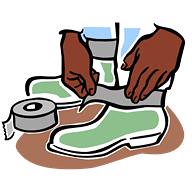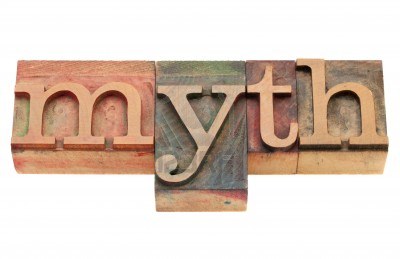If you carry a firearm for self-defense, have you prepared your family for what they should do if you have to use it to protect them or yourself? I don’t know about you, but to me, having to use deadly force is definitely a version of the stuff hitting the fan. Making sure your loved ones know what to do, before, during and after can protect them from many negative impacts. Here are some general thoughts on how you prepare your family.
Before
My wife and I both have our permits to carry. When we got them, I came up with some tactics for us. If there is a deadly force encounter, I am the one to respond. My stepsons lost their father at very young ages. They cannot lose their mother. Whether I were killed or, for some reason jailed, she would still be able to care for them. I know there are police officers who put their homes in only their wives’ name for similar reasons. If they are sued they can’t lose the house.
When we go out to eat, I sit facing the door. This way I can stay in condition yellow and be aware of who is coming in. If we sit on the same side in a booth, I sit on the outside just in case I need to act.
There are a couple different companies that offer a type of “carry insurance” that can aid in legal and other expense incurred from the need to use deadly force. There may be others, but the two I am aware of are, US Concealed Carry Association (USCCA) and Armed Citizens’ Legal Defense Network, Inc.. I’m not endorsing either one but simply making you aware of available options. I had USCCA coverage for a while but, for financial reasons, no longer carry it. When I am better able to afford it, I’ll look at both options again. I note this here because a legal defense could be a bank-breaking financial burden.
Our home security plan has modified over the years as the kids have gotten older but the core is essentially the same. Trudee calls police while I lock, load, watch and listen. If the kids need me, I fight to them. Otherwise, everyone stays put and we wait for police. The oldest child isn’t old enough for a firearm, so he has kept a bat by his bedside for years. This helps him feel safer and better prepared, just like a firearm at my side does for me.
During
I am right handed, so I try to keep Trudee on my left side. If I need draw my firearm, I can do so and she won’t be in the way. I can also use my left hand to tuck her behind me if needed. That way she can look for cover while I engage the threat. We have talked to the kids as well and they understood that if either of us ever had to use force, they were to immediately get to cover and concealment as safely as possible. I explained what cover and concealment are to them, and gave them examples of each in some of the places we go.
After
If you have to use force, your family should tell police or anyone else that they will need to speak to either you or your lawyer. If police request to search your home, your family should tell them “not without a warrant”. They should then alert you or your attorney.
The entire family might go through a rollercoaster of emotions after a critical incident. There is nothing wrong with seeking counseling for the entire family to help you all process what has happened.
Some might think I’m instilling fear in the kids but I disagree. By knowing that bad things happen and teaching them how they can and should respond, they are empowered, more inoculated and better prepared should, God forbid, any of these things actually ever happen.
If you liked this article please think about sharing it on the social media listed below, thanks!





 Repair your clothing: Repair rips and tears in your clothing by slipping a piece of tape inside the rip, sticky side out, and carefully pressing both sides of the rip together. The repair will be barely detectable.
Repair your clothing: Repair rips and tears in your clothing by slipping a piece of tape inside the rip, sticky side out, and carefully pressing both sides of the rip together. The repair will be barely detectable.





